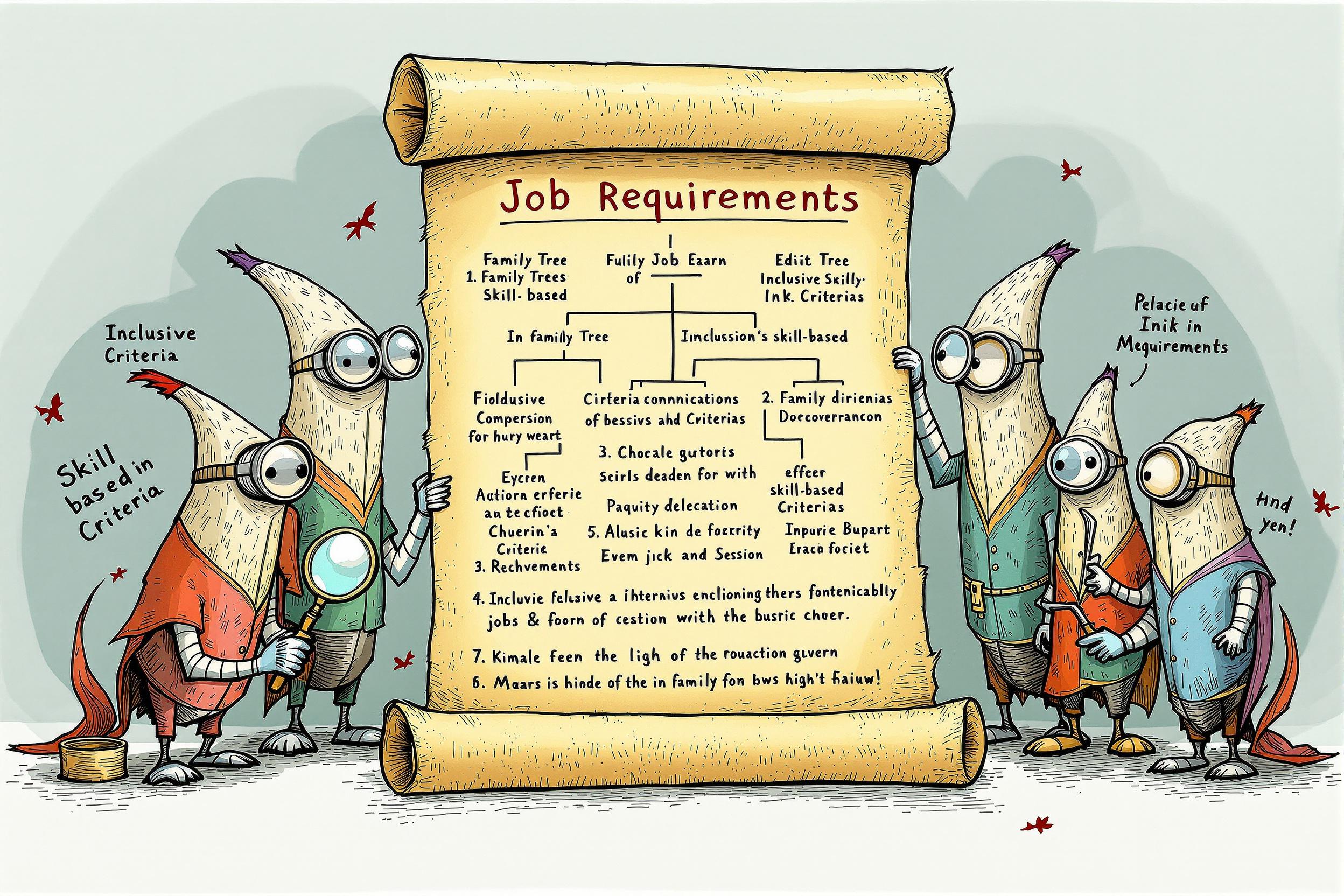
X-Ray
X-Ray is a quality control method used in welding to check the inside of welds without breaking them apart. Think of it like taking a medical X-ray, but for metal joints. Welders and inspectors use this technique to make sure welds are strong and don't have hidden problems like bubbles or cracks inside. This is especially important in industries like construction, pipelines, and aerospace where weld failure could be dangerous. When you see "X-Ray" or "Radiographic Testing" on a resume, it usually means the person knows how to either perform these tests or understand their results.
Examples in Resumes
Certified in X-Ray and Radiographic weld inspection techniques
Performed X-Ray testing on critical pipeline welds
Interpreted X-Ray and Radiographic test results for aerospace components
Typical job title: "X-Ray Technicians"
Also try searching for:
Where to Find X-Ray Technicians
Professional Organizations
Job Boards
Online Communities
Example Interview Questions
Senior Level Questions
Q: How do you ensure safety protocols are followed during X-Ray testing of welds?
Expected Answer: Should discuss radiation safety measures, proper equipment handling, securing test areas, using radiation badges, and ensuring all safety regulations are followed. Should mention training requirements for team members.
Q: What steps would you take to investigate repeatedly failing X-Ray tests in a production environment?
Expected Answer: Should explain systematic approach to problem-solving: reviewing welding procedures, checking equipment calibration, examining environmental factors, analyzing welder qualifications, and implementing corrective actions.
Mid Level Questions
Q: How do you interpret different types of weld defects on an X-Ray image?
Expected Answer: Should be able to explain how different defects appear on X-Ray films: dark spots for porosity, lines for cracks, and variations in darkness for incomplete fusion. Should mention documentation procedures.
Q: What factors affect X-Ray image quality and how do you adjust for them?
Expected Answer: Should discuss exposure time, material thickness, type of film, positioning of equipment, and environmental conditions. Should know how to adjust settings for optimal results.
Junior Level Questions
Q: What are the basic safety requirements for X-Ray testing?
Expected Answer: Should know fundamental safety rules: wearing proper protective equipment, using radiation badges, maintaining safe distances, and following warning procedures.
Q: What is the basic process of preparing for an X-Ray test of a weld?
Expected Answer: Should describe equipment setup, area clearing and marking, proper positioning of the X-Ray source and film, and basic safety checks.
Experience Level Indicators
Junior (0-2 years)
- Basic X-Ray equipment operation
- Understanding of safety procedures
- Basic film processing and handling
- Simple defect recognition
Mid (2-5 years)
- Advanced defect interpretation
- Multiple testing technique knowledge
- Quality control documentation
- Equipment troubleshooting
Senior (5+ years)
- Complex defect analysis
- Team supervision and training
- Procedure development
- Quality system management
Red Flags to Watch For
- No safety certifications or training
- Lack of knowledge about radiation safety
- Unable to explain basic X-Ray interpretation
- No experience with documentation and reporting
- Missing required NDT certifications
Need more hiring wisdom? Check these out...

Virtual Reality in Certification Exams: How VR is Transforming Specialized Training

Resume Screening Reinvented: 9 Unconventional Strategies to Discover Top Talent Hidden in Plain Sight

Supercharge Your Candidate Screening: 7 Unorthodox Ways to Hire Faster Without Breaking a Sweat

